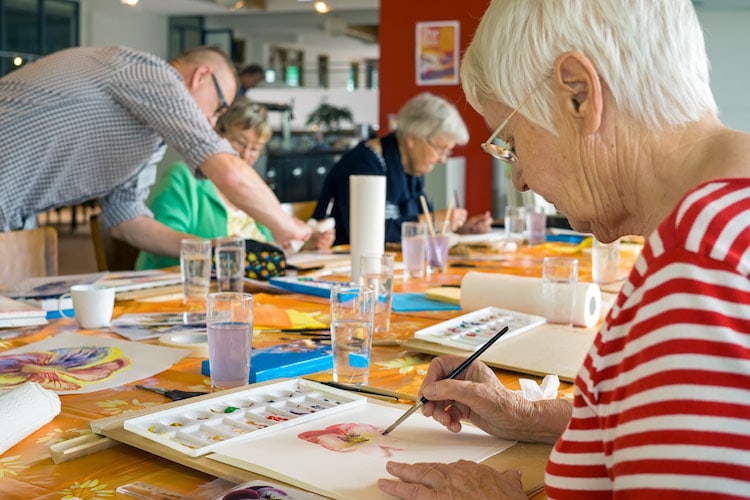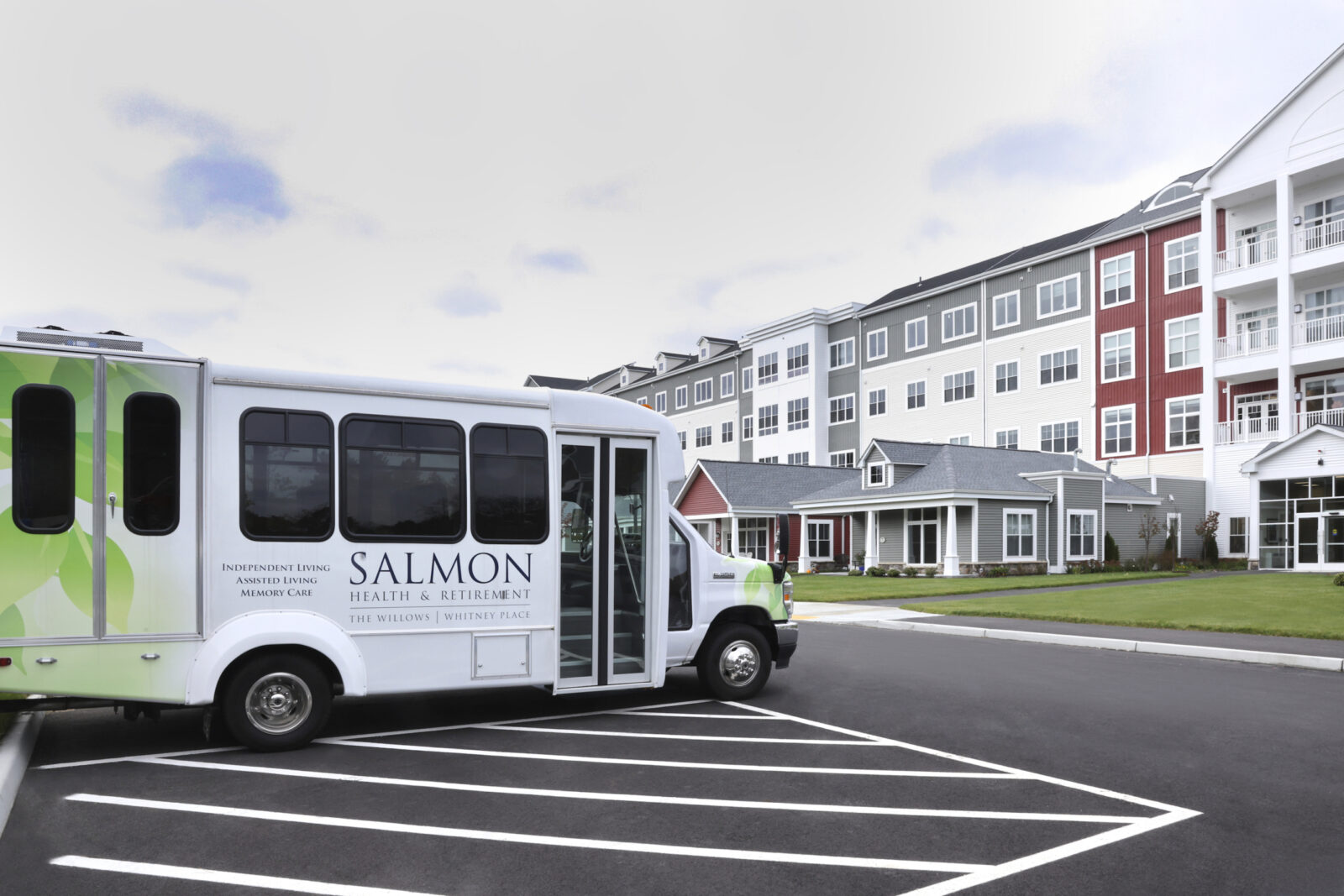Staying active and engaged is extremely important for all adults including seniors. According to the U.S. Department of Health and Human Services, staying active can lower the risk of many health conditions as well as improve mood, increase confidence and enhance one’s ability to think, learn and make decisions.
In the winter months, it can be difficult for older adults to exercise and stay active—below are fun indoor activities to enjoy.
1. Tai Chi and Yoga
Originating in ancient China, Tai Chi is considered an art that embraces the mind, body, and spirit through light exercise and motion, stretching, and meditation. It improves balance and flexibility and contributes to overall improved fitness. Multiple studies have shown that practicing Tai Chi can reduce the risk of falls for older adults by as much as 45 percent.
Yoga is a mind and body practice with a history dating back thousands of years. Various yoga styles combine physical postures, breathing techniques, and meditation. Practicing yoga can help minimize hypertension, strengthen bones, increase balance, build strength and reduce anxiety. There are many different yoga styles, and some can be done in a chair or using more gentle yoga poses.
In addition to learning practices from a trained professional, there are many beginner classes online that people can view if they wish to start either exercise.
Learn more about additional low-impact exercises here.
2. Board Games, Cards, and Puzzles
A fun and effective way for older adults to enhance their thinking and decision-making skills is to play board games or complete puzzles. Not only does this foster camaraderie and boost social engagement, but it also requires seniors to use essential cognitive skills. Activities such as board games, card games, and puzzles help maintain brain function and support the problem-solving and memory components of the brain.
Read here to find out more about how indoor activities can improve cognition and emotion as adults age.
3. Arts and Crafts
Expressing creativity and emotions through the arts can be immensely satisfying. Painting and drawing can boost confidence and hand-eye coordination. Arts and crafts also have numerous health benefits: increasing memory and motor skills, stimulating the senses, boosting mood, and triggering positive memories, as well as positively contributing to overall health. Crafts such as quilting, sewing, and scrapbooking are all excellent indoor activities.
4. Knitting and Crocheting
Knitting and crocheting are popular activities that are therapeutic and provide a sense of accomplishment. Many organizations welcome and appreciate donations of hats, scarves, blankets, mittens, and more. Volunteering with charitable organizations is meaningful; to find out more, click here. Knitting and crocheting also have health benefits. These activities can help keep fingers and hands dexterous, serve as a way to reduce stress, reduce depression and anxiety, boost self-esteem, and increase memory capability.
Click here to learn about one Resident’s knitting efforts for a local food pantry!
5. Cooking and Baking
Cooking is a great creative outlet and has positive mental health benefits. Cooking and baking can be meditative, stimulate the senses, contribute to nourishment, and can make other people happy. To make things even better, cooking and baking offer delicious rewards.
Click here for some brain-healthy recipes to try!
6. Watching Movies
Whether an old favorite or new film, people of all ages enjoy getting comfortable and watching movies. Watching comedies, and even dramas can have health benefits. Multiple studies have found that laughter not only boosts your mood but can help contribute to a better immune system and decrease stress hormones. Crying can even have its benefits—it can increase the production of endorphins. Re-watching favorite movies can be comforting and evoke nostalgia, which can improve connection to family and friends. Movies can also serve as inspiration for viewers, provide different perspectives, offer information, and even be a form of escapism.
Make movie-viewing a social event by inviting friends and serving delicious snacks!
Click here to view The New York Times “Best movies of 2020.”
7. Reading
A good book can transport readers to new places and create feelings of adventure. Reading provides quiet time, while also exercising the mind. Studies have proven that reading can enhance memory function, reduce stress, and promote better sleep.
Planning a book club with friends can make reading a great social activity. For those with visual impairments or those who prefer not to read, audiobooks are widely available as well.
TIME Magazine’s “100 Must-Read Books of 2020” can be found here.
8. Journaling
“Documenting your life can be satisfying; it could even develop into a short story or book.”
Writing is an excellent way to reflect and reminisce. This form of creative expression can be done by hand, on a computer, or with a personal voice recorder. Journaling can also help to manage and alleviate the effects of stress and anxiety.
Click here to learn more about how one class offered in a SALMON senior living community uses journaling to evoke joy in Residents’ everyday lives.
9. Online Classes
Older adults have many opportunities to learn about almost any topic of interest. Courses are available online, on an audio disc, or DVD. Topics can range from history to music, philosophy, and anything in between. Harvard University and Stanford are offering free online courses to anyone who wishes to participate.
These fun indoor activities not only keep boredom at bay but also positively contribute to overall mental and physical health. Continuing to participate in various activities can be rewarding and set the foundation for a full and gratifying life as we age.




